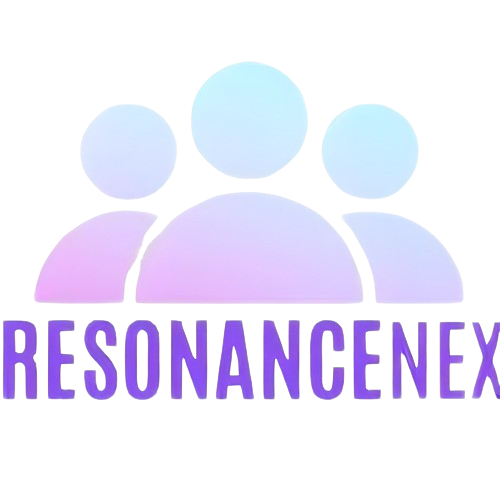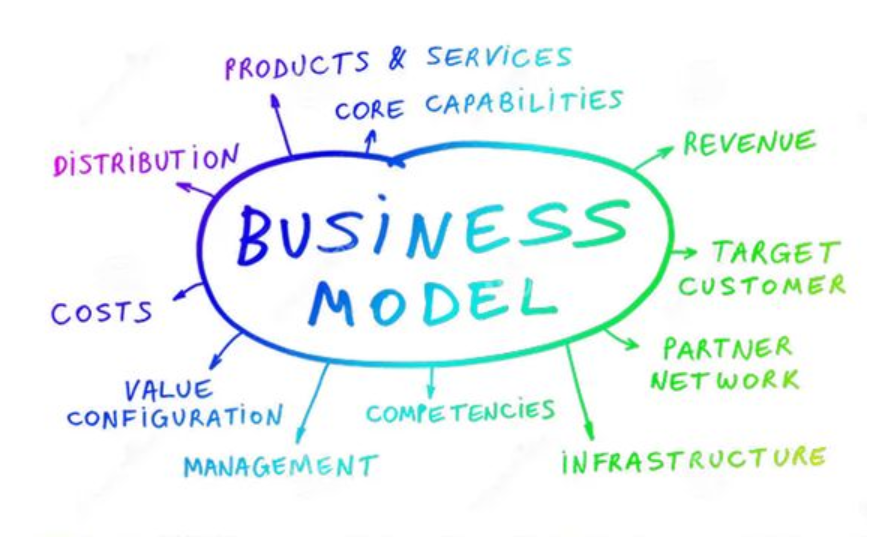The Impact of Remote Work on Employee Productivity and Satisfaction The rise of remote work has revolutionized the way we approach work, offering employees the freedom to work from anywhere in the world. This shift has been accelerated by technological advancements and changes in workplace culture, leading to a reevaluation of traditional office dynamics. In this blog post, we will explore the impact of remote work on employee productivity and satisfaction, examining the various factors that contribute to its success and potential challenges. Challenges of Remote Work: Remote work presents unique challenges that must be addressed to ensure its success. These challenges include issues related to communication, collaboration, and maintaining work-life balance. Without proper strategies in place, remote employees may experience feelings of isolation, struggle to stay motivated, and encounter difficulties in effectively communicating with colleagues. Diversity refers to the presence of individuals from different backgrounds, cultures, and identities within an organization. Inclusion, on the other hand, focuses on creating an environment where everyone feels valued, respected, and included. Equity programs aim to ensure fairness and equal opportunities for all employees, regardless of their background or identity. These programs may include policies and practices such as affirmative action, unconscious bias training, mentorship programs, and employee resource groups. Impact on Employee Productivity: Advocates of diversity and inclusion argue that these initiatives can have a positive impact on organizational performance. Research has shown that diverse teams are more innovative, make better decisions, and are more likely to outperform homogeneous teams. When employees feel included and valued, they are more engaged and motivated, leading to increased productivity and higher levels of job satisfaction. Furthermore, organizations that prioritize diversity and inclusion are seen as more attractive to top talent, giving them a competitive edge in the recruitment and retention of skilled employees. However, it is important to note that the impact of diversity and inclusion on organizational performance is not automatic or guaranteed. Simply having a diverse workforce does not automatically translate into improved performance. The value of diversity lies in the unique perspectives, experiences, and insights that individuals from different backgrounds bring to the table. To fully leverage the benefits of diversity, organizations must create an inclusive culture where these diverse voices are heard, valued, and actively sought out. Increased Flexibility and Autonomy One of the most significant advantages of remote work is the increased flexibility and autonomy it offers employees. Remote workers have the freedom to set their own schedules, choose their work environment, and structure their day according to their individual preferences. This flexibility empowers employees to work at their own pace and optimize their productivity levels. Another challenge is the lack of accountability and measurement. Many organizations fail to set clear goals or track progress when it comes to diversity and inclusion. Without clear metrics and accountability mechanisms in place, it becomes difficult to assess the effectiveness of these initiatives or identify areas for improvement. Additionally, there is often a lack of transparency and communication around diversity and inclusion efforts, which can lead to skepticism and mistrust among employees. Reduced Distractions and Interruptions Working in a remote environment can significantly reduce distractions and interruptions commonly found in traditional office settings. Without the noise and commotion of a busy office, employees can create a focused work environment that allows them to concentrate on their tasks with minimal disruptions. This can lead to increased efficiency and higher-quality work output. Improved Work-Life Balance Remote work offers employees the opportunity to achieve a healthier work-life balance by eliminating the need for lengthy commutes and providing greater flexibility in scheduling. This allows employees to better manage their time, prioritize their personal and professional commitments, and allocate more time to activities outside of work. As a result, employees experience reduced stress levels and improved overall well-being. One key issue is the lack of representation and diversity in leadership positions. When decision-making power is concentrated in the hands of a homogeneous group, it becomes difficult to create inclusive policies and practices. Organizations must actively work to promote and support individuals from underrepresented groups into leadership roles, ensuring that diverse voices are heard at the highest levels. Another issue is the prevalence of unconscious bias in hiring and promotion processes. Unconscious biases are deeply ingrained stereotypes and prejudices that affect our judgments and decisions without our conscious awareness. These biases can lead to discriminatory practices and perpetuate inequalities in the workplace. Organizations should implement unconscious bias training for all employees, as well as review and revise their hiring and promotion processes to mitigate the impact of bias. Impact on Employee Satisfaction Higher Job Satisfaction and Morale Remote work has been shown to increase job satisfaction and morale among employees. The freedom and autonomy provided by remote work empower employees to take control of their work lives, leading to greater job satisfaction and a more positive outlook on their careers. Additionally, remote employees often report higher levels of job fulfillment and engagement, as they have greater control over their work environment and schedule. Increased Sense of Trust and Loyalty Remote work fosters a culture of trust and autonomy within organizations. When employers demonstrate confidence in their employees’ ability to work remotely, it cultivates a sense of loyalty and commitment among team members. Remote employees feel valued and trusted by their employers, leading to stronger bonds and a greater sense of belonging within the organization. Improved Work Environment and Employee Well-being Remote work allows employees to design their work environments to suit their preferences and needs. Whether it’s creating a comfortable home office space, choosing a location that inspires creativity, or working during their most productive hours, remote employees have the flexibility to optimize their work environment for maximum efficiency and well-being. This leads to increased job satisfaction, higher levels of motivation, and improved overall happiness in the workplace. Conclusion In conclusion, the impact of remote work on employee productivity and satisfaction is multifaceted and far-reaching. While remote work presents its own set of challenges, the benefits it offers










